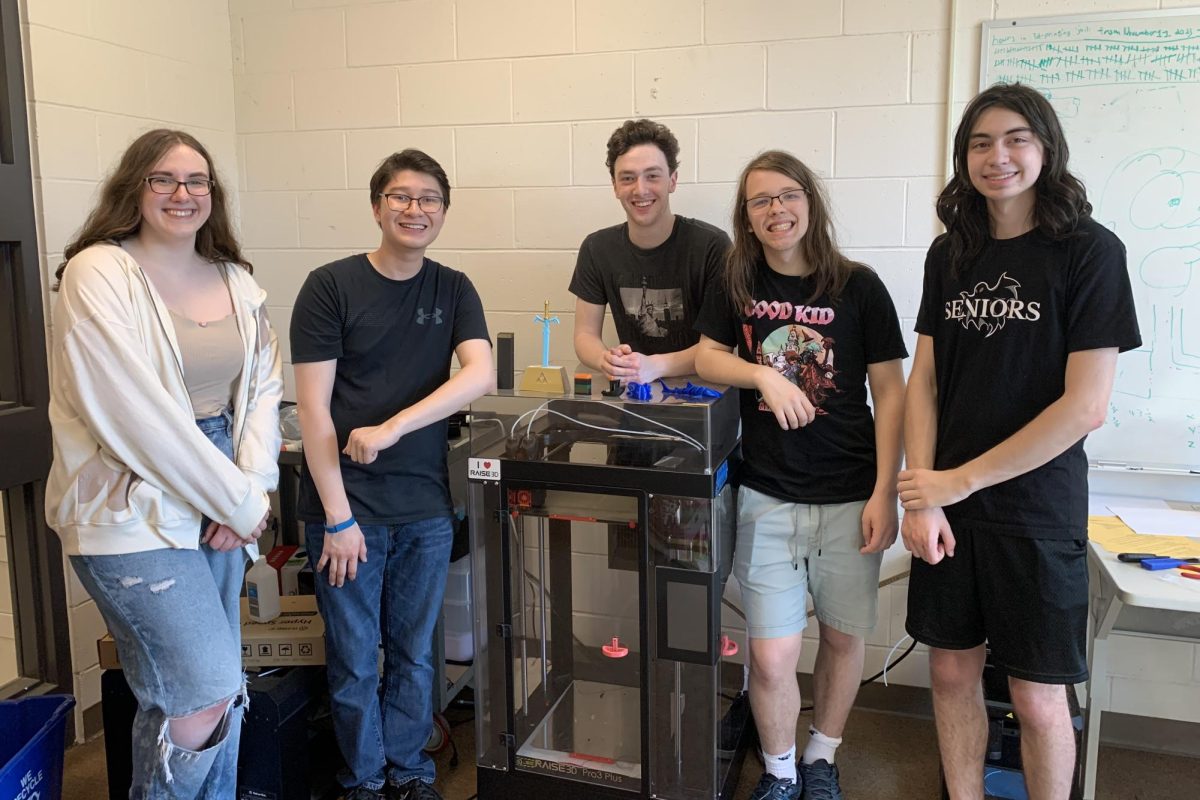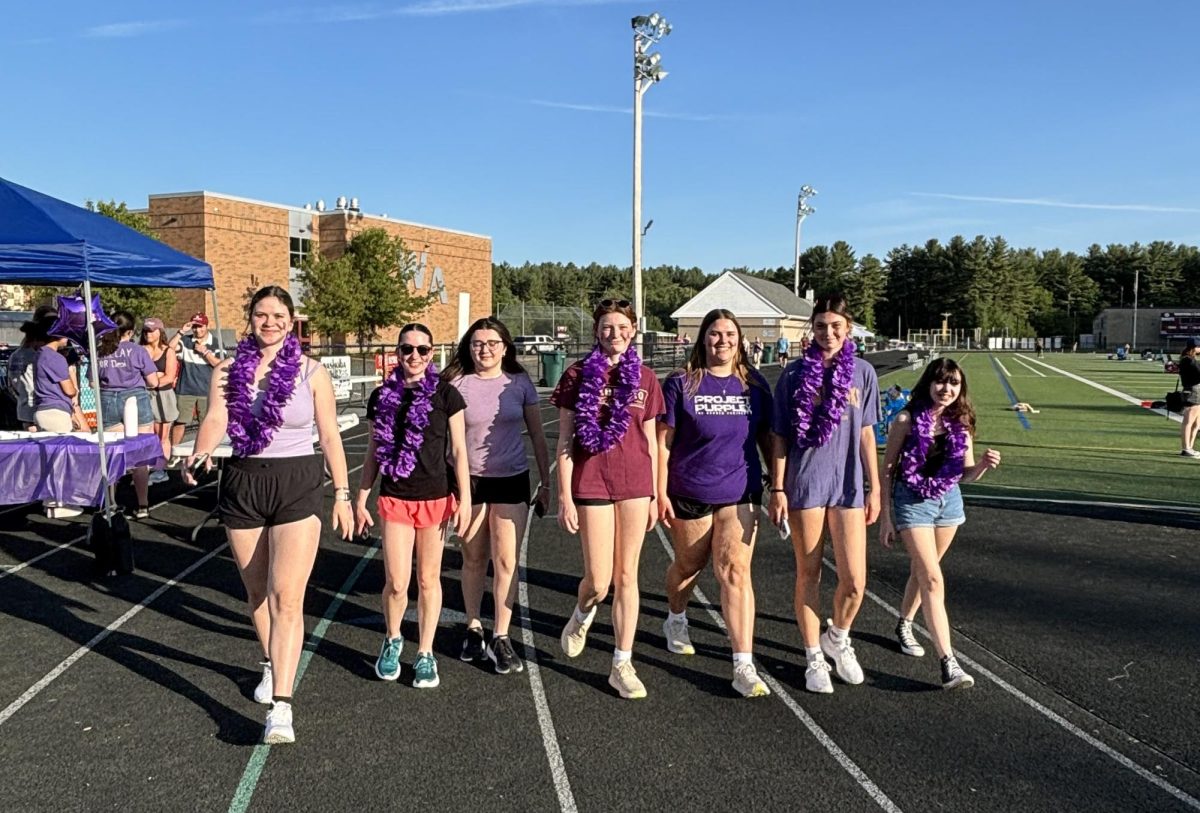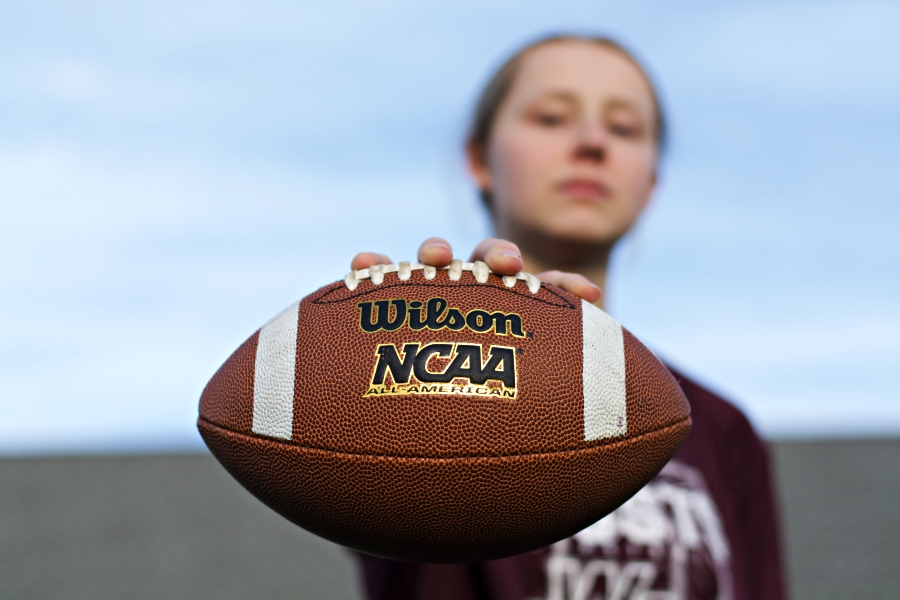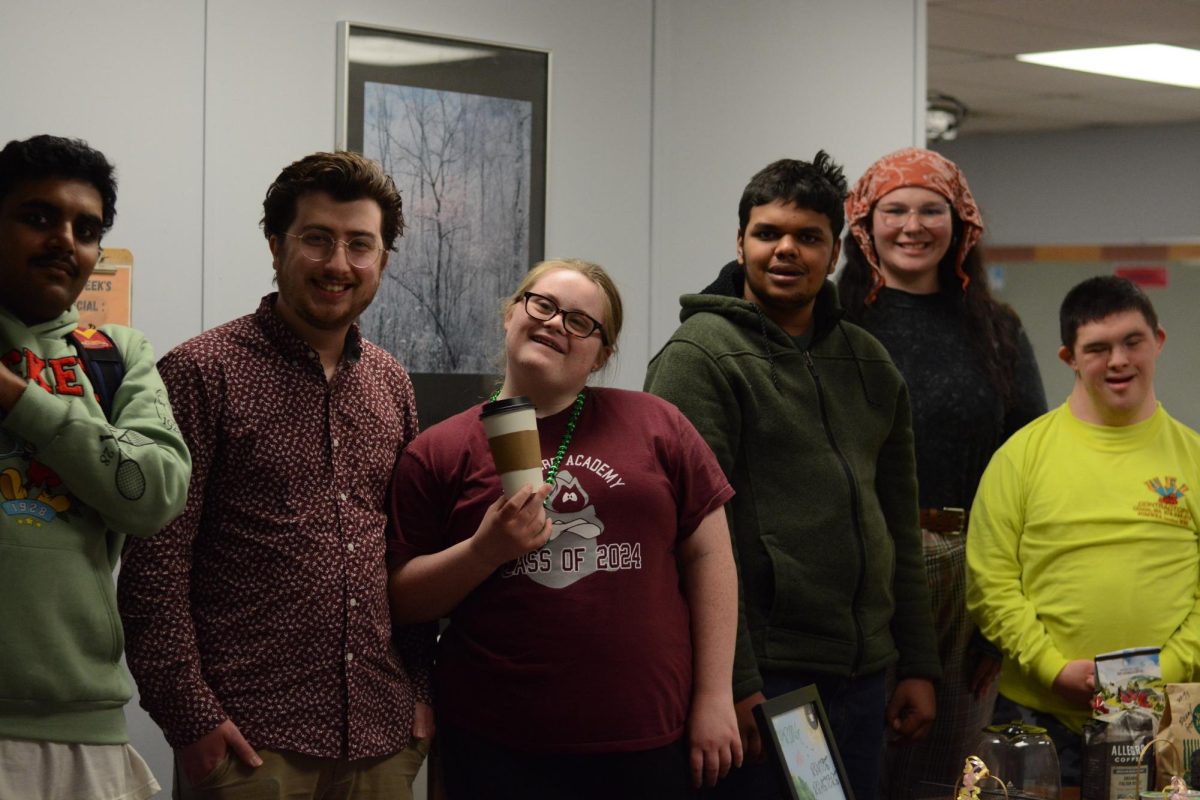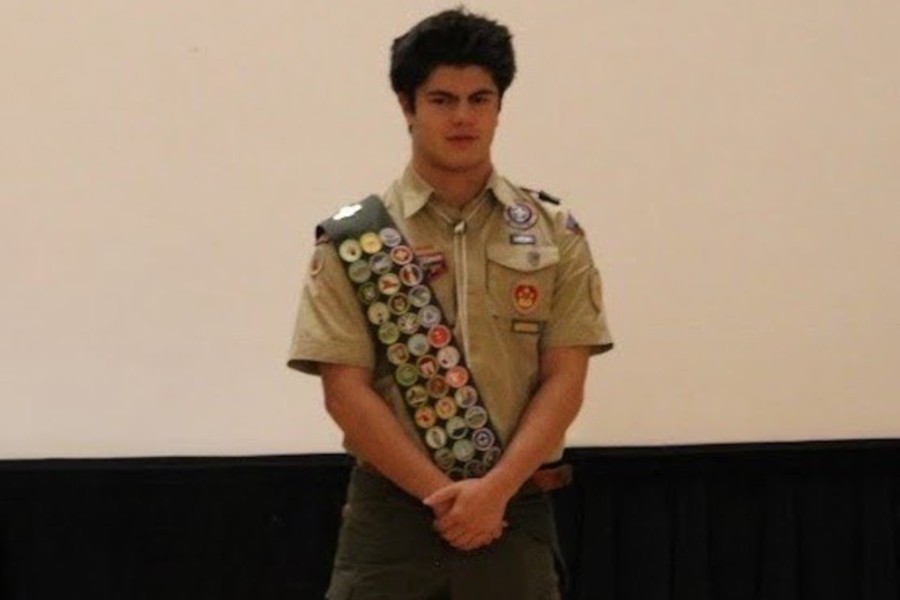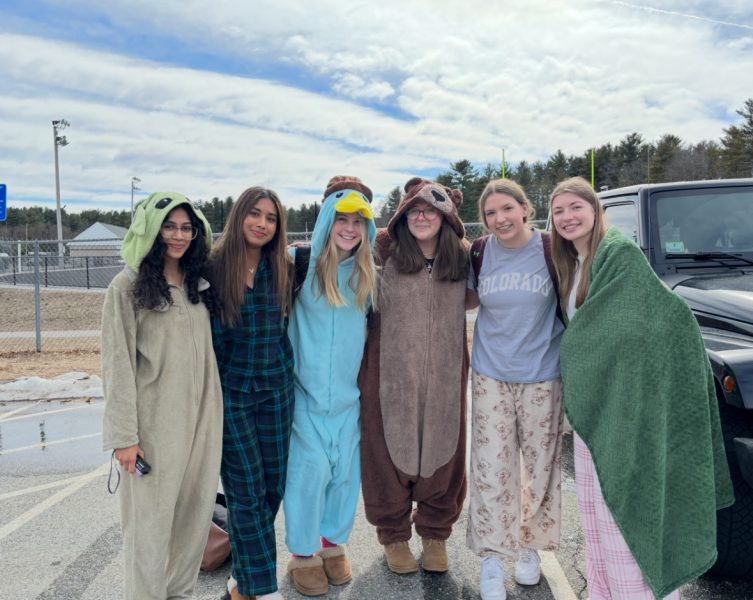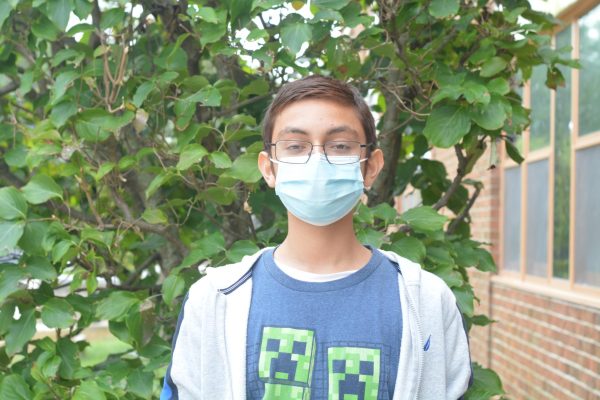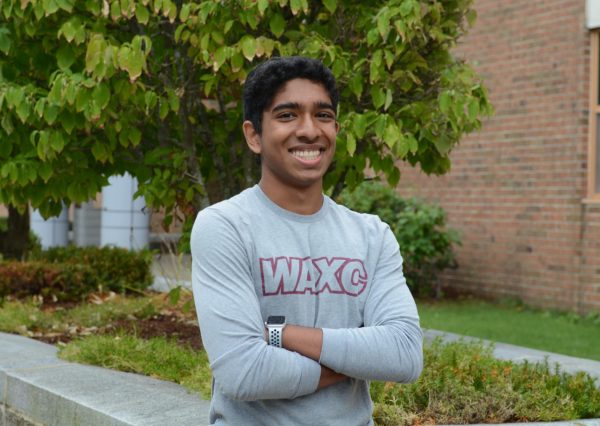Robotics is a pursuit that is largely defined by the process of making and learning from one’s mistakes, something that is also crucial to the lives of high school students. This year, seniors Connor Weiss, Nick Franklin, Jonathan Tang, Jacob Bluestein, and Renée Michaud are running a capstone in which they are making the 3D printers available for all students to use.
The capstone will be focusing on getting the 3D printers relocated to the hallway below the math copy office. Franklin initially was looking for a capstone to provide more space for the robotics team when the group came up with the idea to establish a robotics space that other students would be able to use and benefit from.
“Over the past year or so, we have been investing a lot of robotics funds into 3d printers [and] some of the high schools we got to have makerspaces where you can go, pay a little money, and print whatever you want,” Bluestein said. “So, we decided it’d be great if we could make one of those for Westford Academy and then we could argue that you need a little more space to make that happen, and move out of the math copy room and out of the teachers’ way.”
The goal of this project is to allow more than just the engineering classes to use it. There will be a manual near the 3D printers where they are set up to provide students with instructions. Currently, 50 people have received commissioned prints for the capstone that they are currently working on.
“We can print the designs for them and deliver them to the classes,” Weiss said. “It’s just like a nice way how we can still get things printed for them without having them actually do it at the moment.”
Both Michaud and Weiss are new to the engineering aspects of robotics, but were able to make their way through the process with ease.
“I designed a model using Blender which was the application I was taught in the 3d modeling animation class. And then I had it sent through the form which was then printed out and I used to paint which is going to be on display for the actual presentation, so it’s a good process,” Michaud said.
One challenge they faced was finding the budget for the printers, which cost about $2,500. The budget for the 3D printer has been solved with funds from sponsors, their own summer robotics camp, and the Holiday Bazaar, where they have sold their 3D printed items. The club is also thinking of modifying one of the 3D printers so that it can 3D print chocolate in different shapes in hopes to sell more at the Holiday Bazaar in future years.
Students are allowed to use the printer free of charge for classwork. However, if it is for something personal, students have to pay for the 3D printed object they desire based on the amount of filament and whether or not a student requested help from a robotics team member.
“A lot of [the capstone] leans more towards the engineering classes and more like manufacturing engineer applications, where you can design something in CAD and then print it out,” Franklin said. “It makes everyone more handy with the software as it is becoming more and more relevant in today’s world.”

